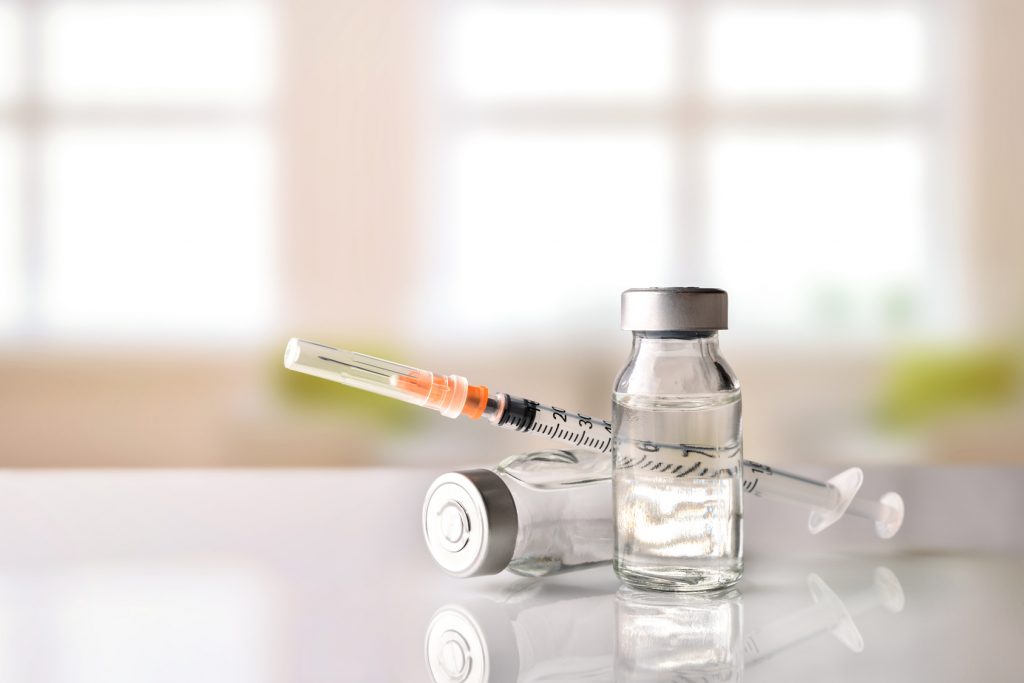Pharmacy & Biological Sciences
CategoryDrugmakers Play The Patent Game To Lock In Prices, Block Competitors
Drug companies typically have less than 10 years of exclusive rights once a drug hits the marketplace. They can extend their monopolies by layering in secondary patents.
12 Grants Awarded to Fund New Treatments of Rare Diseases
A third of the new awards aim to accelerate cancer research, and another 25% of the new awards fund studies evaluating drug products for rare endocrine disorders.
Insulin’s Steep Price Leads To Deadly Rationing
The price of insulin in the U.S. has more than doubled since 2012. Because of this, some diabetics have been forced to take drastic measures, like rationing their insulin.
New Guidances Issued to Promote Generic Drug Access and Drug Price Competition
The guidances issued today by the FDA are part of a larger initiative by the administration to increase patient access to high-quality generics.
China Withholding Deadly Flu Samples from U.S. Researchers
Americans have zero immunity against the deadly H7N9 flu, and China is refusing to share much-needed samples with U.S. Researchers hoping to combat a potential outbreak.
First Generic EpiPen Approved by FDA
On the heels of a massive EpiPen shortage, the U.S. Food and Drug Administration has approved the first generic alternative.
Trump Administration Sinks Teeth Into Paring Down Drug Prices, On 5 Key Points
Three months after President Trump announced his blueprint to bring down drug prices, administration officials have begun putting some teeth behind the rhetoric.
“Ask Your Doctor About…” Coming to a Computer Near You?
Digital ads for prescriptions are approaching parity with TV ads, with an even larger percentage of patients who saw ads online asking their doctors about specific medications.
R&D Spend Hit Record High for Biopharma Companies in 2017
Biopharma companies invested a total of $71.4 billion in research and development in 2017, up from $65.5 billion in 2016 and a record high.
US Congressman/Former BioPharma Company Board Member Arrested
Chris Collins, the United States Representative for New York’s 27th congressional district, has been arrested by the FBI on charges of insider trading.







